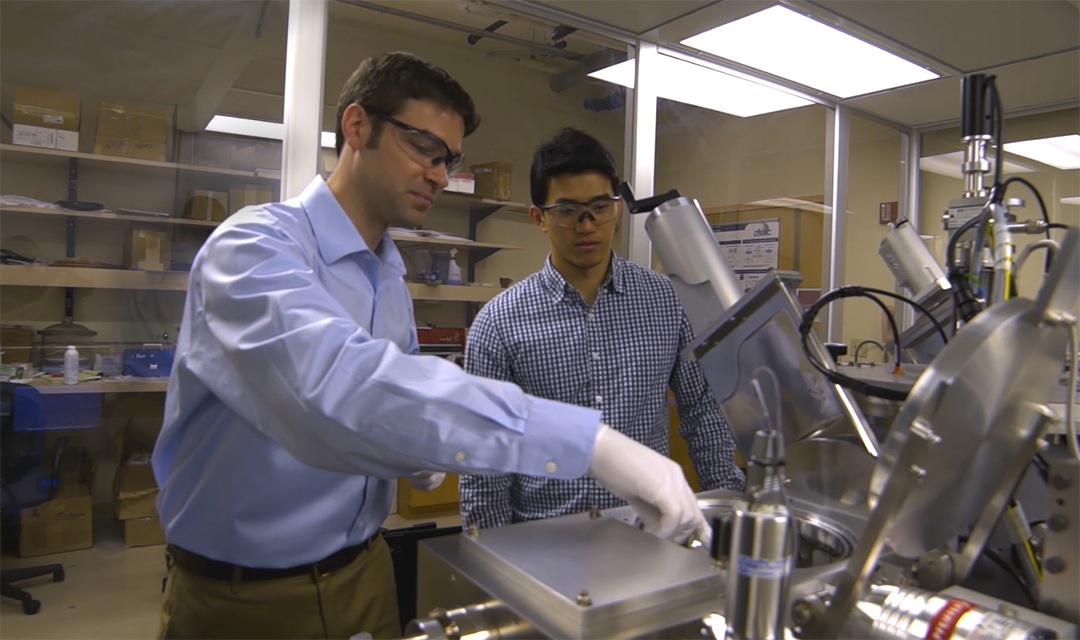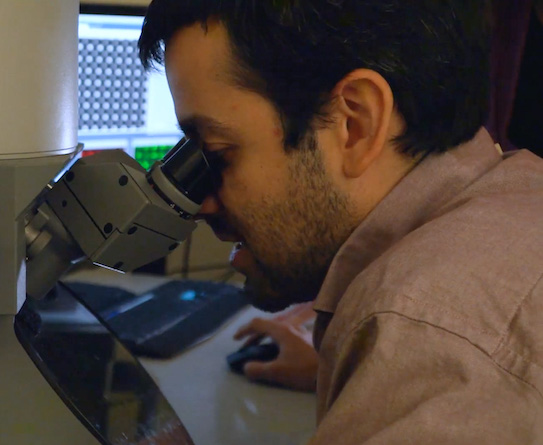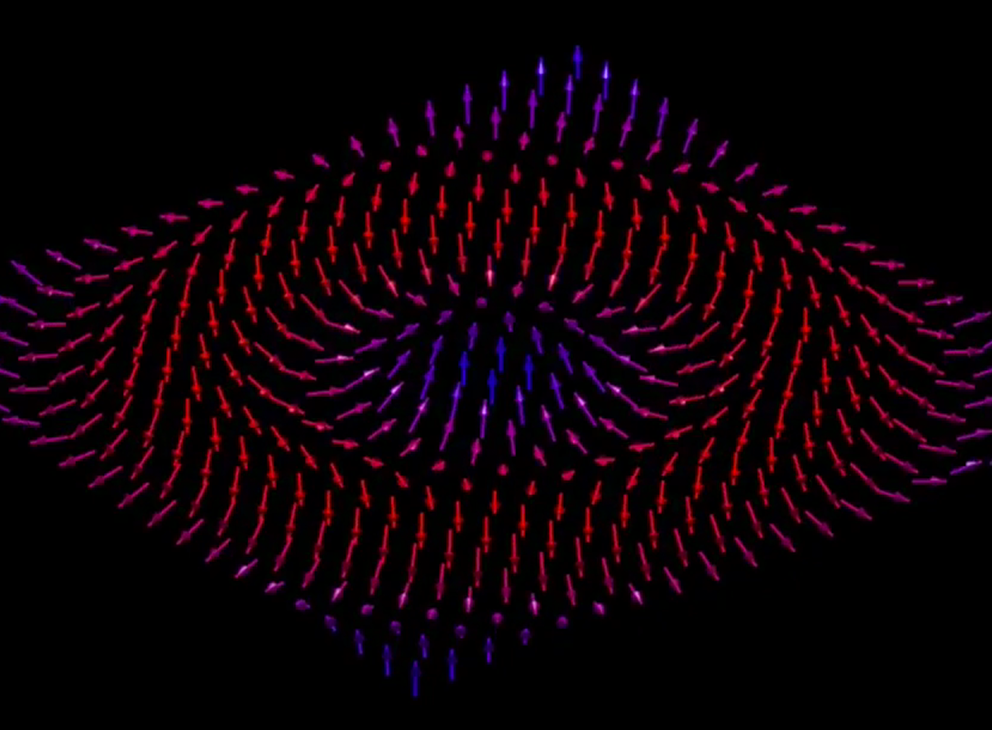Materials for information technology
Research in the area of materials for information technology is driven by two primary forces.
- The need for speed and processing as much information as possible. We are going to create and store more information in 2022 than the total information stored by humanity until 2020. For example, a self-driving car needs to make decisions in a millisecond based on complex input from sensors.
- The need to limit the energy consumed by sending and processing all of this data. At the current rate, in less than 20 years, all electrical energy produced on Earth will be consumed by IT.
Materials for information technology
Our research attacks these problems at all levels through discovery of materials, invention of device structures, assembly of devices into novel circuits, and enhancing innovative computer architectures. Activities in MSE in this area are closely coupled with those in the Department of Electrical and Computer Engineering.
Materials for information technology in our department focuses on:
- Semiconductor processing and nanofabrication
- Materials and devices for nano-electronics
- Spintronic and magnetic memory
- Quantum materials
- Physics of electronic devices
- Development of new materials
- Heterogeneous integration










